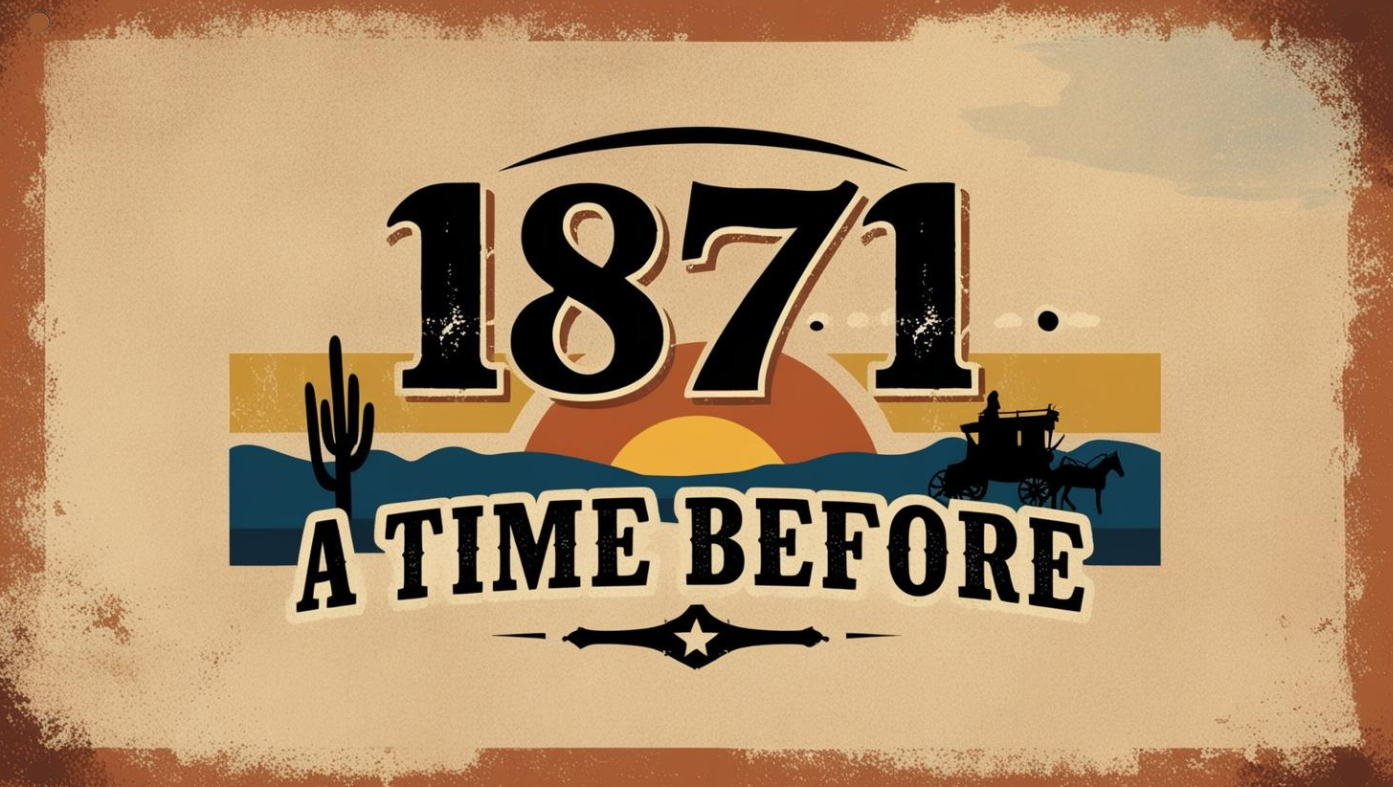Creating safe spaces through imaginative frameworks
Have you ever noticed how easy it is for people to get stuck in the ‘real world’?
The same problems, same perspectives, same language often mean that it can all start to feel heavy, because sometimes when we stay too close to reality, it becomes harder for us to step back and truly see it. That’s why I’ve always been drawn to imaginative frameworks in coaching; those moments where we invite people to ‘escape the ordinary’ and step into another world for a while. Whether through visualisation, metaphor, story, or creative tools, these frameworks give people something they often don’t realise they need: psychological safety through imagination.
Why it works
When clients enter a fictional or metaphorical space, for example a landscape, a character, or a different moment in time, something remarkable happens. The pressure lifts and defensiveness softens. They start to speak more freely, explore more boldly, and access parts of themselves that logic alone can’t reach, because in these imaginative spaces, the stakes feel lower, but the insight runs deeper.
For example, instead of directly asking a client, 'Why are you afraid to change jobs?', I might say:
‘Let’s imagine you’re standing at the edge of a new frontier… behind you is the familiar town you’ve always known; ahead lies open sky. What’s calling you forward, and what’s holding you back?’
The moment the setting shifts, so does the energy. They’re no longer ‘defending’ their choices; they’re exploring a story. And in that story, truth tends to emerge quietly and safely.
Characters, landscapes, and metaphors
One of my favourite ways to create these safe, imaginative spaces is through themed coaching cards and story-led reflection tools. Each tool introduces a character, location, guide or object that represents a voice from another time and place, inviting them to respond as if they were in that world.
Because when we respond through a metaphor, we project our own experiences, fears, and hopes into the story, but with a comforting layer of distance. In other words, the story becomes a mirror, a safe place to reflect and explore. It’s the difference between saying, ‘I’m scared of failing,’ and saying, ‘This traveller I’ve drawn seems tired of the road but still feels something pulling her forward.’ Both reveal truth, but one feels much safer to explore.
Building a world to explore
Over time, I’ve built an entire story-world for my clients to explore, it’s a fictional frontier town filled with characters, artefacts, and echoes of another era. Within it, people can wander safely, reflect deeply, embrace vulnerability, and discover insights that might feel too challenging to face directly in the ‘real world.’
It might sound unconventional, but story-led coaching creates a space to breathe, a place where imagination becomes a bridge to truth. And in my experience, when we escape the ordinary, we often find the most extraordinary understanding of ourselves waiting quietly in the dust.
Give it a go
If you’re a coach, here’s a simple exercise to experiment with:
Next time a client feels stuck or defensive, pause and invite them into a different world. You might say something like:
‘Let’s imagine we’re sitting by a campfire in the mountains, looking back at the path you’ve travelled. What do you see?’
Or
‘If you were an outlaw in the Old West, what would you do in this situation?
Notice how quickly the conversation shifts and how imagination makes space for honesty. Because when clients are 'given permission' to step into another world, they often find their way back to their own, clearer, lighter, and more self-aware than before.
If this approach resonates with you, you might enjoy exploring more story-led reflection tools and creative coaching frameworks from 1871: A Time Before, all designed to help people slow down, reconnect, and see life from a new perspective.
👉 Explore imaginative tools and resources here


